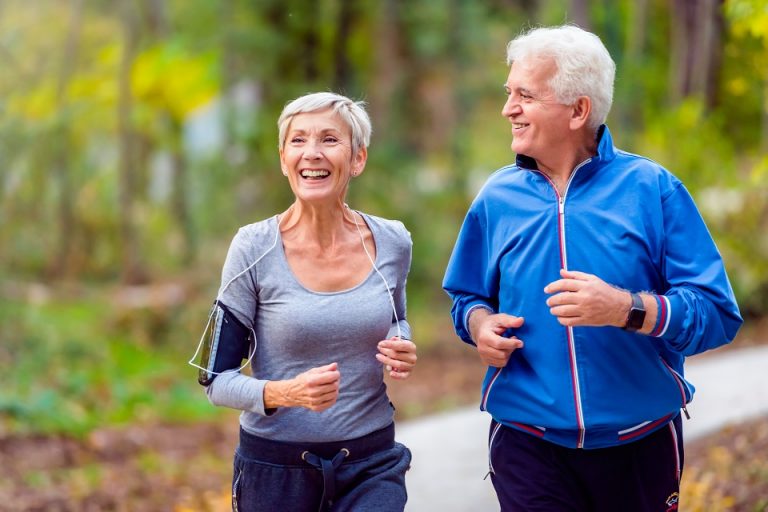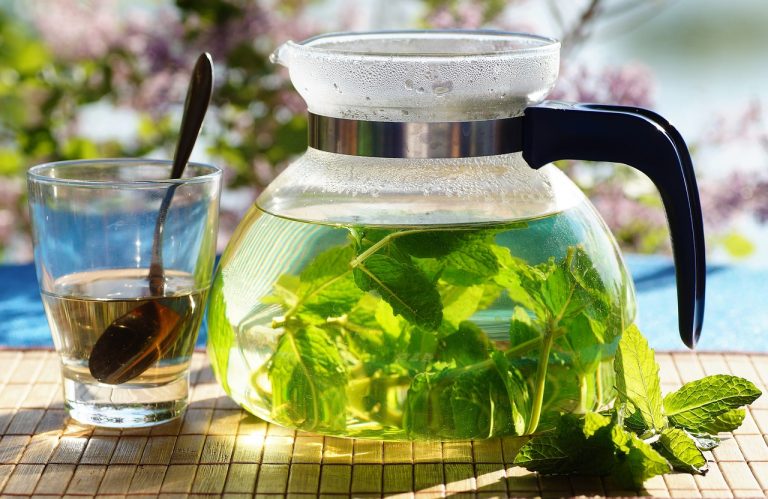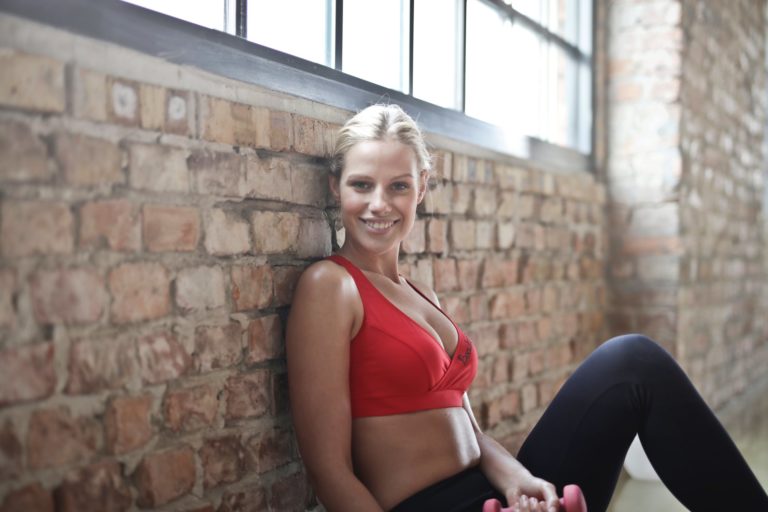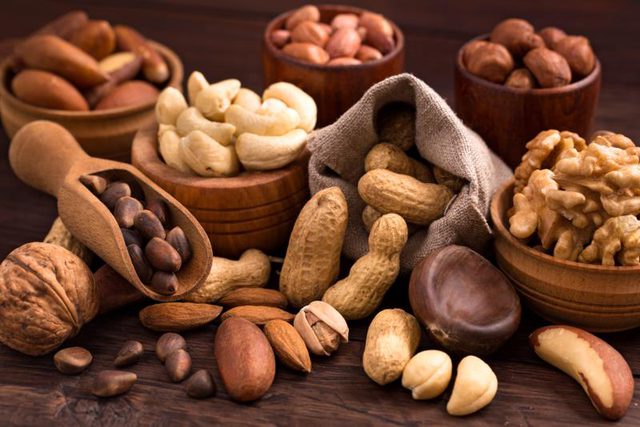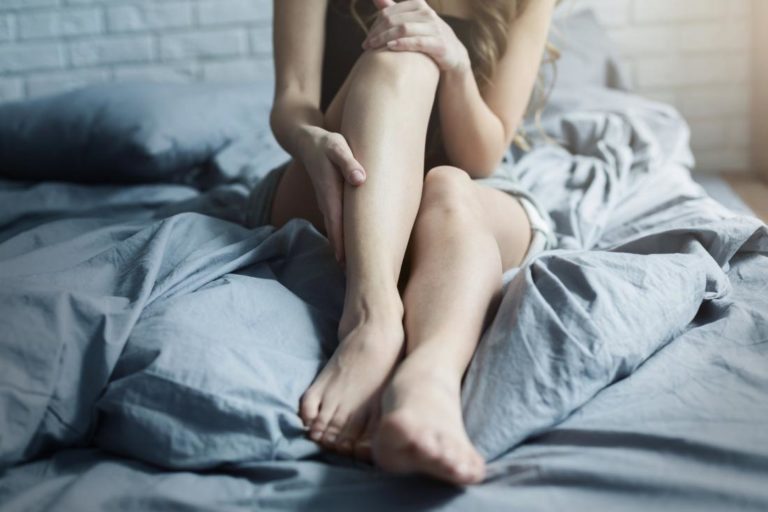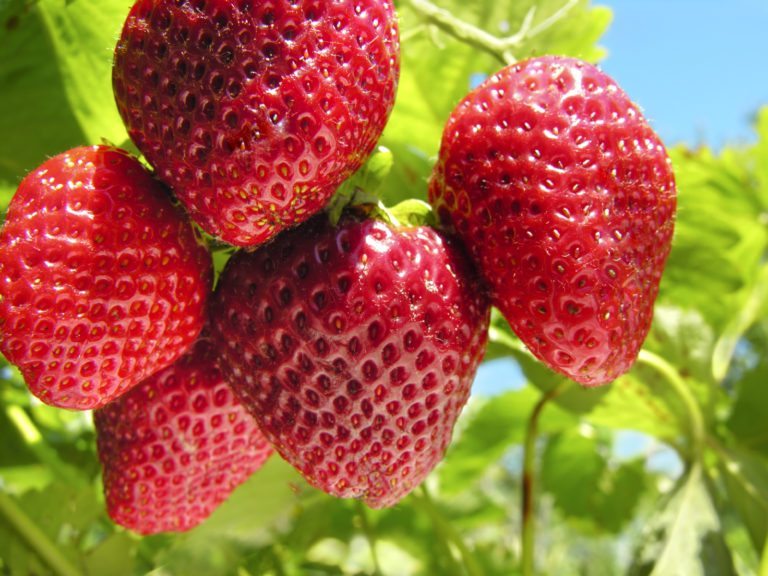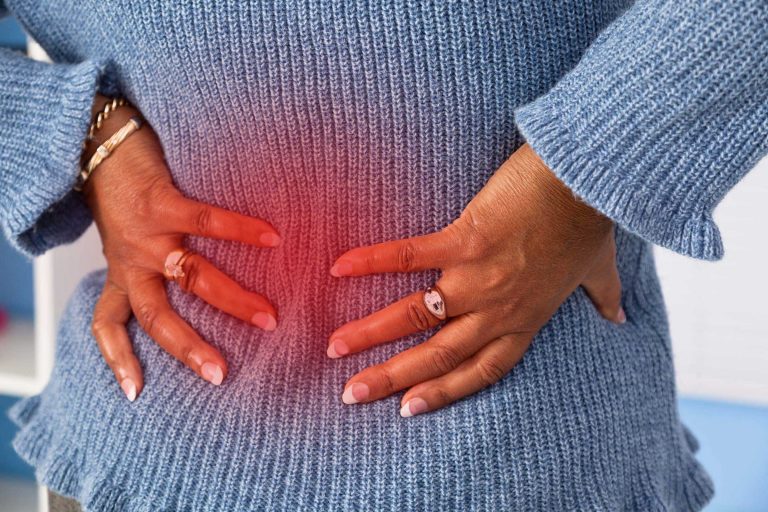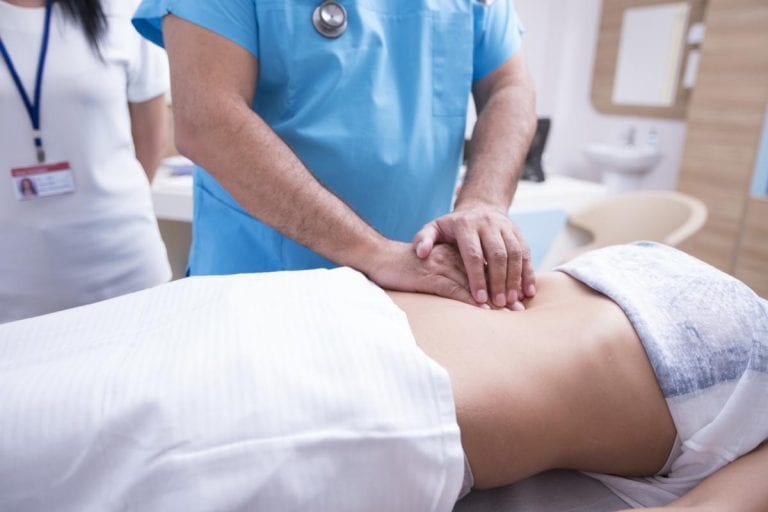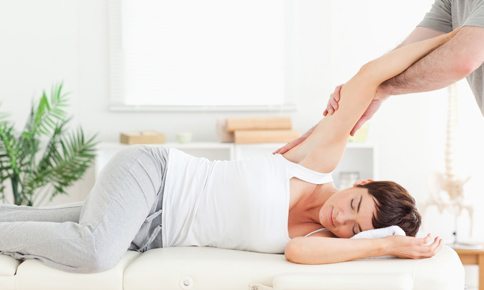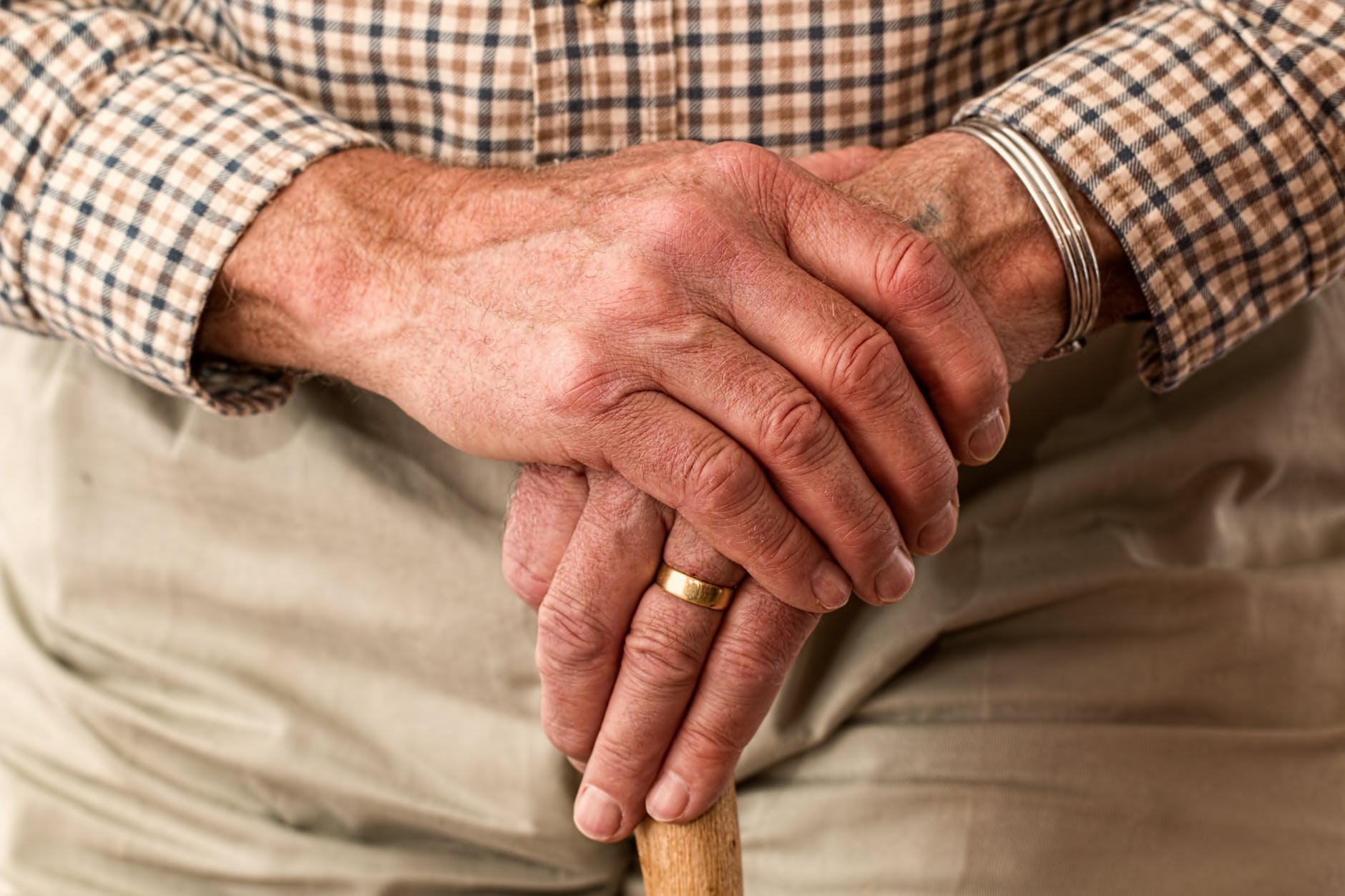
If you’re living with osteoarthritis, chances are the pain, swelling, and stiffness may have limited your activities and fitness routine over the years. This “wear and tear” form of arthritis is caused by damage or breakdown of joint cartilage that’s between bones, and often occurs in the knees, hips, and hands.
When the cartilage breaks down and the bone changes over the years, your range of motion can also be limited. Tempting as it may be to “take a load off” and not exercise because it pains you to do so, doctors and research find that being active helps the symptoms of this degenerative joint disease.
In fact, being active is one of the top recommended treatments for osteoarthritis, in addition to weight loss, physical therapy, and medications, according to the Centers for Disease Control and Prevention.
Before trying these activities for osteoarthritis, get clearance from your doctor, and be sure to let the instructor or trainer know you have this disease so they can suggest modifications where necessary.
“You may have certain joints that need to be protected a little more when doing certain poses in yoga or other workouts, and you don’t want to strain or stretch one joint too much,” advises Jonathan Samuels, M.D., rheumatologist at NYU Langone Health. “There are other ways to work around that joint that won’t induce pain or stretching. You shouldn’t be in more pain after exercise.”
Start yoga
Beginning a gentle yoga practice or maintaining one can help with flexibility in the joints and reduce pain. Recent research of over 1,500 patients found that a regular yoga practice could help reduce arthritis symptoms in people with knee osteoarthritis and rheumatoid arthritis.
Yoga is generally safe and healthy, says Dr. Samuels. “I think yoga can be very helpful to work on anything for patients and stretching and keep their joints limber and active without inducing trauma.”
If you’re working with an instructor or someone who can guide you, you can work on strengthening muscles, and all the other structures around the joints as well.
Keep moving, even if it’s raining or cool out
You may have heard that rainfall and cold weather can increase pain and arthritis symptoms.
An observational study published in the British Medical Journal found no link between rainfall and patients visiting the doctor reporting joint pain, although previous research has found associations between temperature and barometric pressure drops and increases in arthritis pain.
That being said, mobility and activity are good for osteoarthritis no matter what weather you’re in, says Dr. Samuels. “If it’s wintertime, if you’re walking and moving as long as you’re insulated and dressed properly, I think it’s fine to go out into the cold weather. Some people say that they feel more pain in the cold weather or in the rainy weather, but it’s [still wise to be] active in any climate.”
You could walk on a treadmill, stretch, or do an indoor water aerobics class during poor weather to help with range of motion.
Get in the pool
“When it comes to doing exercises with water support, I think that’s a fantastic exercise for patients with osteoarthritis and many other types of arthritis,” says Dr. Samuels. “You’re getting a great cardiovascular workout, and protecting your joints. The water reduces much of the trauma and the strain you’d be putting by running on land or doing your exercises. It’s an excellent exercise for all joints.”
Swimming is good for the core and joints, but in terms of rehabilitating the limbs, whenever there’s injury or simply chronic arthritis, it can really strengthen the muscles well without having damage or difficulty, Dr. Samuels says.
Depending on where your osteoarthritis is in your body, you might want to modify some strokes—like doing breaststroke instead of back if you have shoulder pain—or modify some of the aerobic exercises if you feel discomfort.
Work your core on a Pilates mat
Pilates is beneficial for many people because it works on the core strength and other certain muscle groups, says Dr. Samuels. A lot of Pilates exercises can be very helpful to those with OA, he says.
Doing Pilates can improve flexibility and range of motion, while also being gentler on the knees than yoga at times for those with knee osteoarthritis and pain.
Build strength through bodyweight and weight training
Muscle weakness tends to be common in older adults and, in particular, in people with OA.
“Weight training is a good idea, but it has to be done under guidance from not only a trainer but from a physical therapist who understands what limitations there might be,” says Dr. Samuels. “If you have shoulder pain, you don’t want to push weights over your shoulder or neck because you’re just going to put more strain on the shoulders or on the cervical spine,” he says.
In that case, you might build upper body strength while lying you’re on your back instead, says Dr. Samuels.
A meta analysis finds that older adults with osteoarthritis benefit from a strength-training program. Following a progressive strength-training program resulted in reduced pain as well as improvements in overall strength and function. “I encourage patients with all kinds of arthritis to be active and exercise to try to strengthen themselves all the time.”





